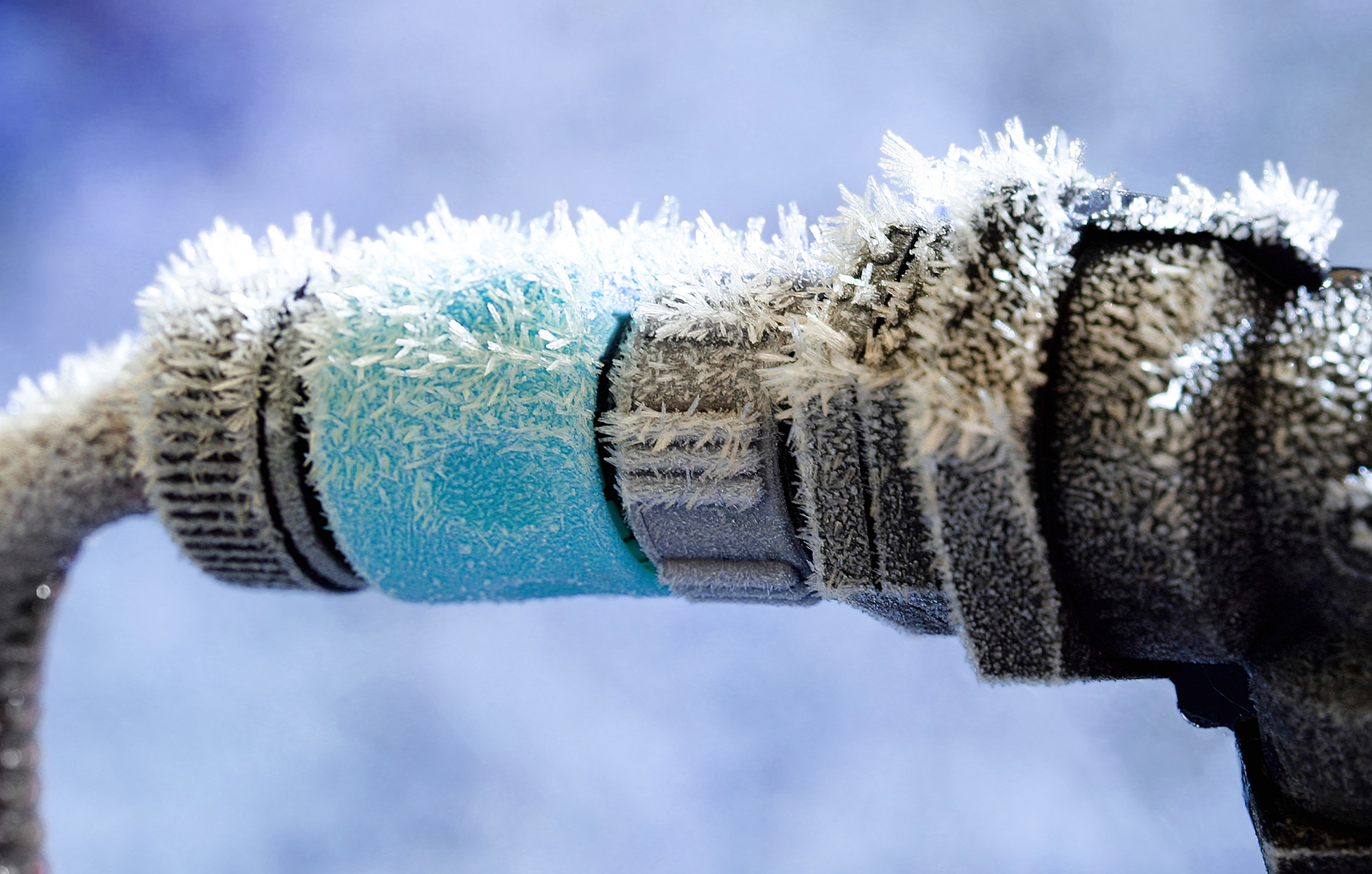Water freezing in your home’s pipes can be both costly and messy, especially when it occurs unexpectedly. The best advice? Be ready for cold weather before it happens. Here’s some advice to help you avoid frozen pipes during winter’s nastiest weather.
What causes frozen pipes to burst?
When water in pipes freezes, it expands and exerts a great deal of pressure on the plastic or metal pipe from the inside. It can break out of whatever space is confining it, even if the material is strong and otherwise durable.
- The pipes that freeze and break most frequently are those exposed to exterior cold, such as sprinkler lines, pipes leading to and from pools and water supply lines in unheated parts of the home – such as storage sheds, garages, attics, crawlspaces, basements and other rooms that may be exposed to below-zero temperatures.
- Pipes that run along exterior walls inside the home can also be at risk for freezing, especially if the walls are poorly insulated.
An ounce of prevention
There are several ways to prevent frozen pipes from bursting on your property and in your home.
Drain your pool or outdoor hot tub
Remember to drain your pool or outdoor hot tub according to the manufacturer’s directions. Equally as important, do not put antifreeze in the water lines. It is toxic to humans, animals, and plant life and can seep into the water table through the pipes.
- It is crucial to avoid using antifreeze unless specifically instructed by the manufacturer or a certified plumber.
Turn off inside water valves that supply outdoor taps
A key step is to turn off the inside water valve that supplies outdoor taps and faucets – basically any one that supplies outdoor hose attachments. Leave the outdoor tap open so residual water can leak out of the pipe and air can escape.
- When the weather is unexpectedly cold outside, let water run constantly through pipes with exterior exposure by opening the tap ever so slightly, so the water can drip on a continuous basis.
- Allowing water to trickle through pipes will help to prevent them from freezing, especially when you’ve been caught off guard by a cold snap and/or haven’t prepared them for winter.
Keep an eye on the thermostat
Even if you think it’s a good idea to turn down the heat at night to reduce your energy bill, don’t lower the temperature too much when it’s very cold out.
- Cranking the heat down at night excessively increases the chances of frozen pipes occurring, especially during a prolonged cold snap. Aim for around 20ºC (68ºF), which is relatively comfortable, but no lower than that.
Open and close doors as little as possible
In addition, when it’s very cold out, leave your garage door shut at all times to ensure any pipes in the garage don’t freeze. Every time you open the garage door, your furnace has to work to re-heat all the warm air that was lost, if your garage is heated.
- The same goes for your doors when you enter and exit your home: don’t leave them gaping wide open for more than the time it takes to pass through them. (Remember what your dad used to tell you?) Each one acts like a huge heat exhaust every time you open it.
- Inversely, during a cold snap, leave kitchen and bathroom cupboards open to let warm air into those spaces and keep pipes hidden in the walls from freezing.
If you’re not sure you’ve drained your home’s plumbing properly or you’re concerned it isn’t ready for winter’s worst, a professional plumber is always the best source of advice for anything involving your pipes and fixtures.






